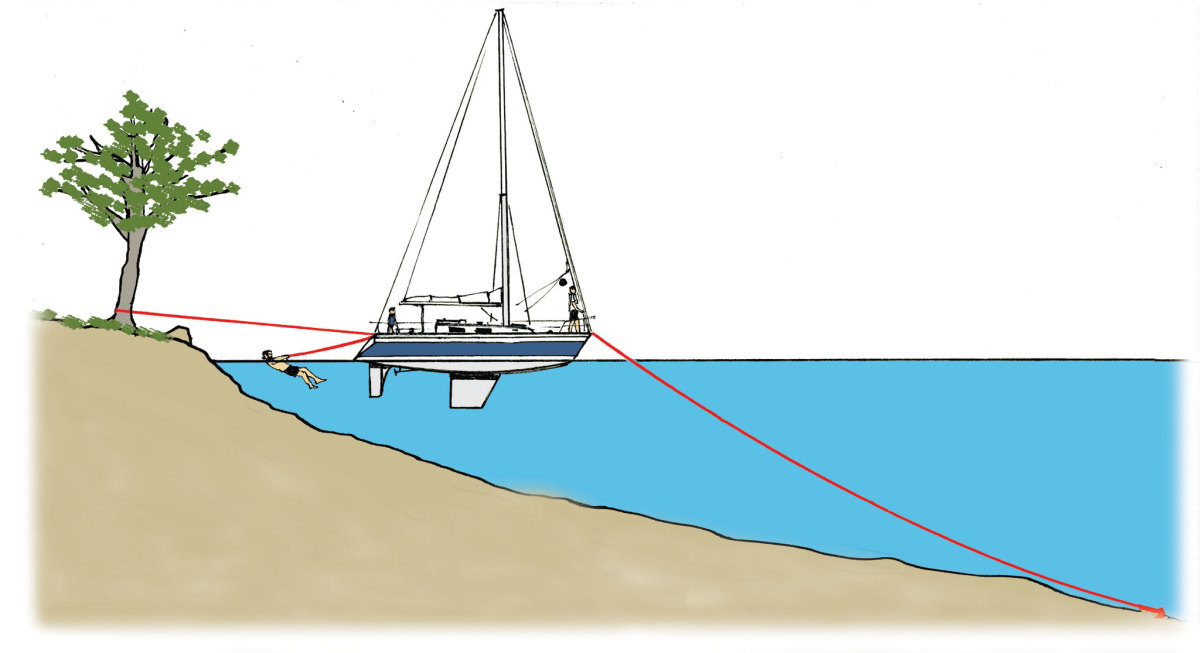sailboat bow design
X-bow: the generation of inverted bows. how about a design where your ship’s bow and almost a greater part of the hull appears upside down in comparison to a normal round bilge hull or any of the hull shapes you generally see on ships? the inverted bow is a success story among the revival of technologies which became obsolete in a different era.. Bow shapes vary according to the speed of the boat, the seas or waterways being navigated, and the vessel's function. where sea conditions are likely to promote pitching , it is useful if the bow provides reserve buoyancy ; a flared bow (a raked stem with flared topsides) is ideal to reduce the amount af water shipped over the bow.. A bulbous bow is a protruding bulb at the bow (or front) of a ship just below the waterline.the bulb modifies the way the water flows around the hull, reducing drag and thus increasing speed, range, fuel efficiency, and stability.large ships with bulbous bows generally have twelve to fifteen percent better fuel efficiency than similar vessels without them.. 
sailboat bow design The hull design means the boat with the higher bow launches onto the other boat or object. cars are designed to crash essentially. boats actually have very little oversight into design safety. in fact, in high profile cases against malibu boats and mastercraft, the companies conceded that the bowrider models in the accidents were nothing more. 3 – boat design and hull types 15 sail section 3 boat design and hull types ballast. weight carried low in boat to improve trim or stability. board boat. small (car top) centerboard sailing dinghy with very low topsides and virtually no cock-pit. centerboard. a pivoted board that can be lowered through a slot in the boat or keel to reduce leeway..
0 comments:
Post a Comment